Optimal Timing for Waterproofing Projects
Proper timing for waterproofing projects ensures optimal results and durability. Weather conditions, temperature, and moisture levels influence the effectiveness of waterproofing applications. Understanding seasonal patterns can help determine the most suitable time for installation.
Spring offers moderate temperatures and rising humidity levels, making it ideal for waterproofing. It allows for thorough curing and adhesion before heavy rainfall.
Summer provides warm weather, but high temperatures and intense sunlight can affect certain waterproofing materials. Early summer is preferable to avoid heat stress on materials.
Fall is suitable due to cooler temperatures and lower humidity. It provides ample time for the waterproofing to set before winter conditions.
Winter is generally not recommended due to freezing temperatures and snow, which can hinder application and curing processes.
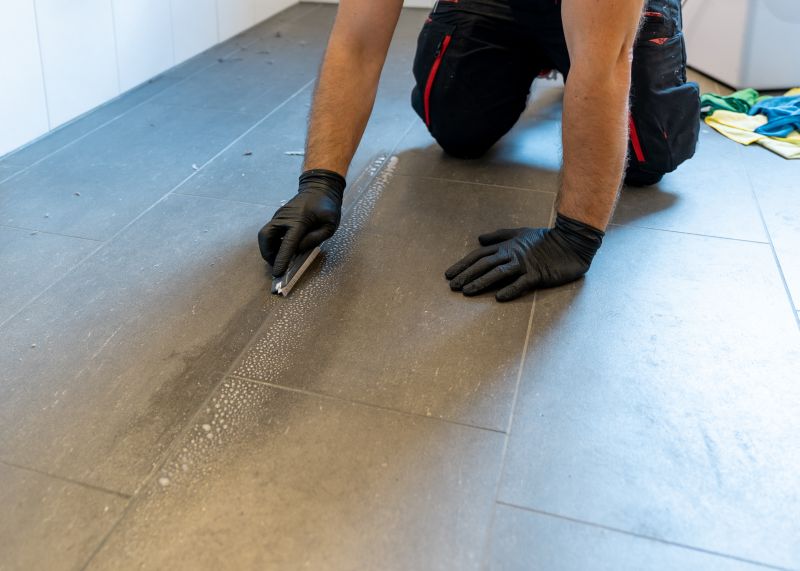
Ways to make Waterproofings work in tight or awkward layouts.
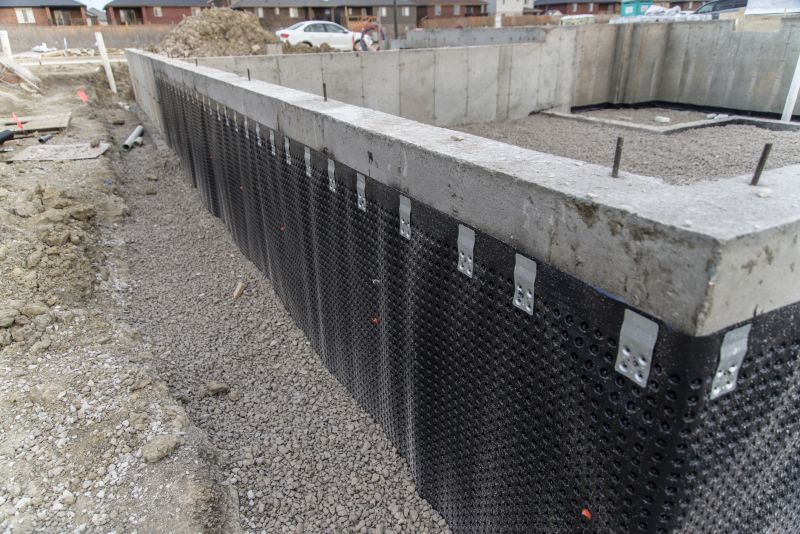
Popular materials for Waterproofings and why they hold up over time.
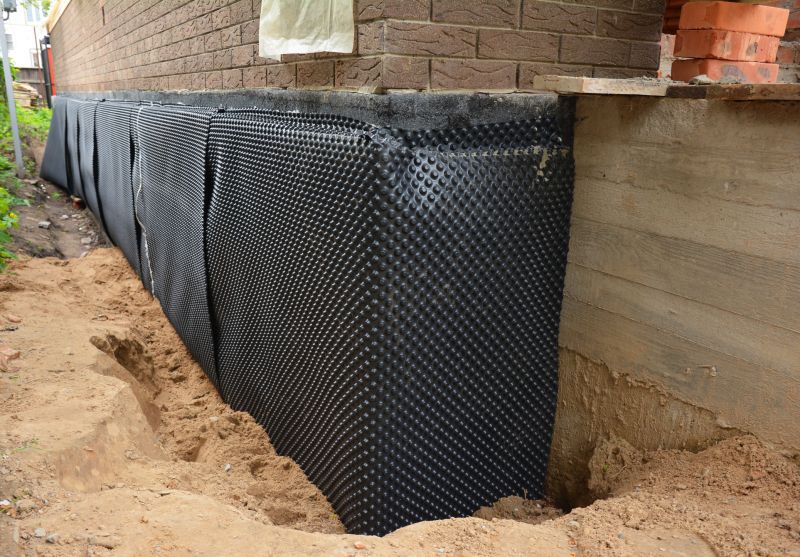
Simple add-ons that improve Waterproofings without blowing the budget.
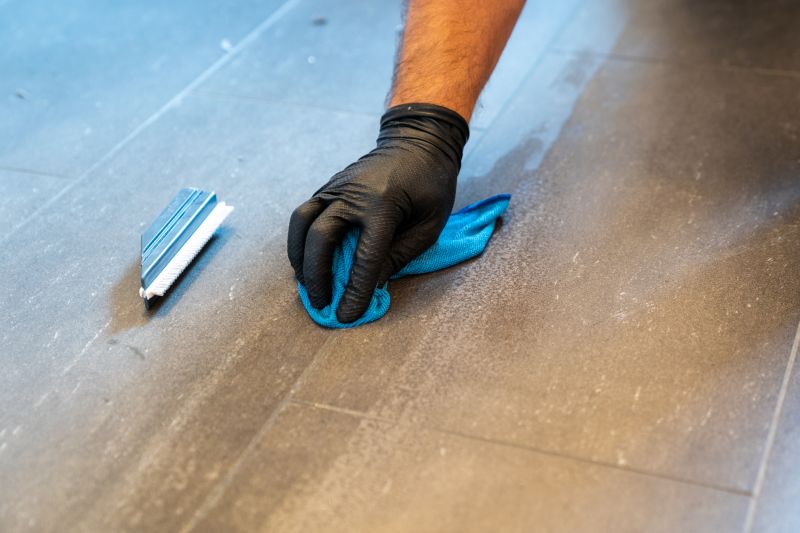
High-end options that actually feel worth it for Waterproofings.
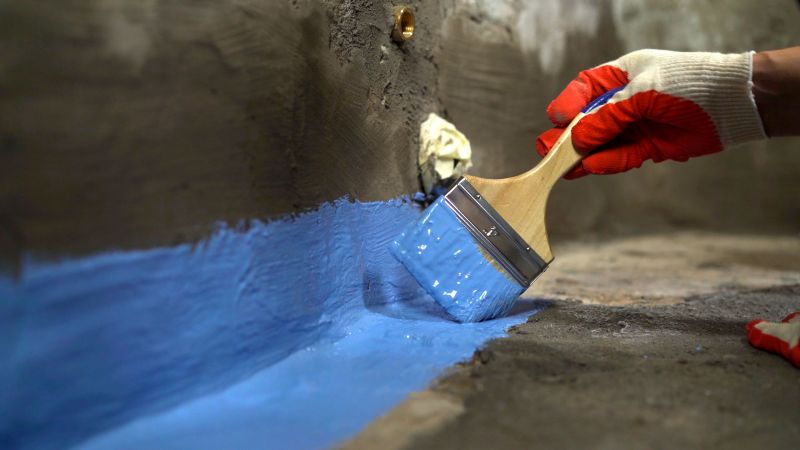
Finishes and colors that play nicely with Waterproofings.
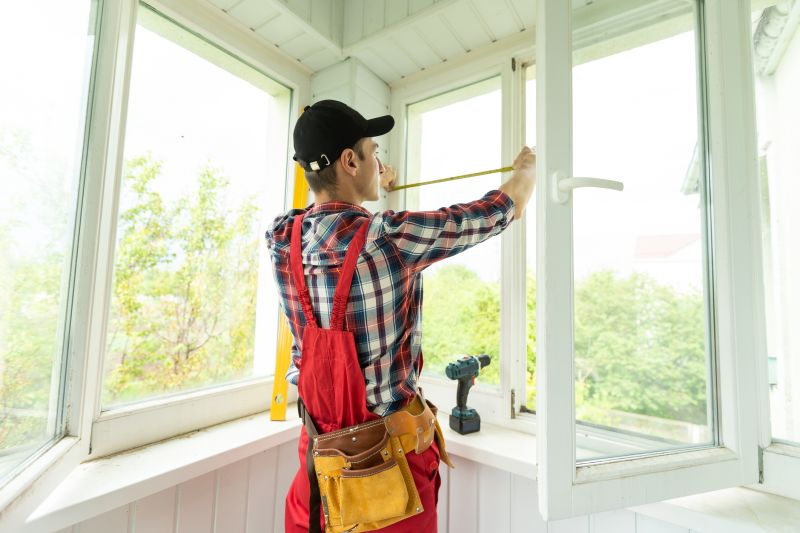
Little measurements that prevent headaches on Waterproofings day.
Waterproofing is a critical component in protecting structures from water intrusion, which can cause structural damage, mold growth, and other issues. Proper application involves selecting suitable materials and timing the process to coincide with favorable weather conditions. Statistics indicate that waterproofing can extend the lifespan of buildings by preventing water-related deterioration and reducing repair costs over time.
Advanced waterproofing techniques include membrane applications, sealants, and coatings designed for specific environments. Regular inspections and maintenance help ensure ongoing protection, especially after severe weather events. The effectiveness of waterproofing depends heavily on correct timing, proper material selection, and application methods.
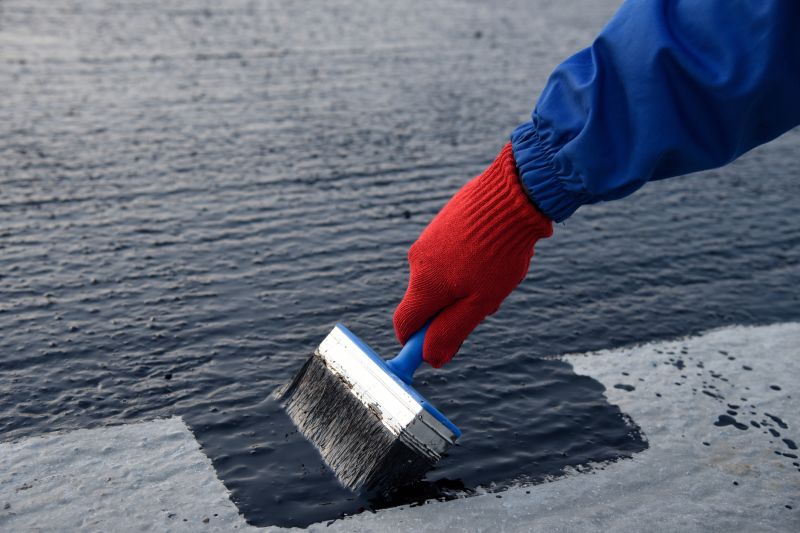
A 60-second routine that keeps Waterproofings looking new.
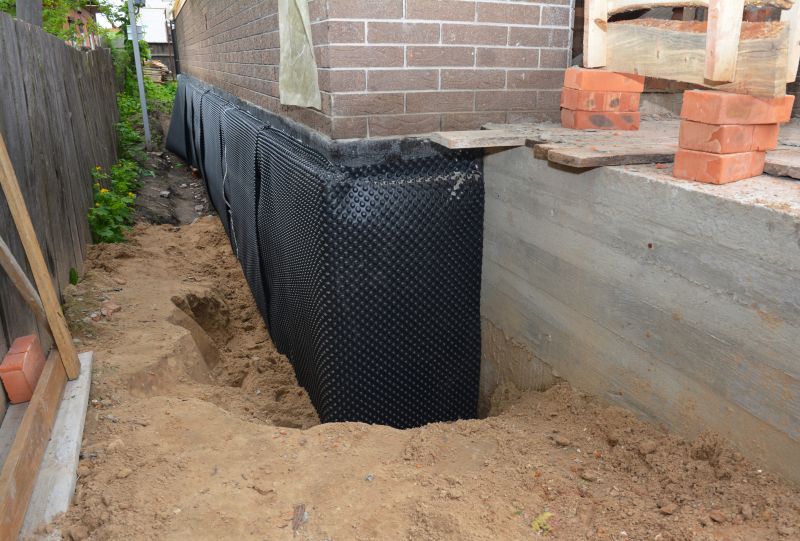
A frequent mistake in Waterproofings and how to dodge it.
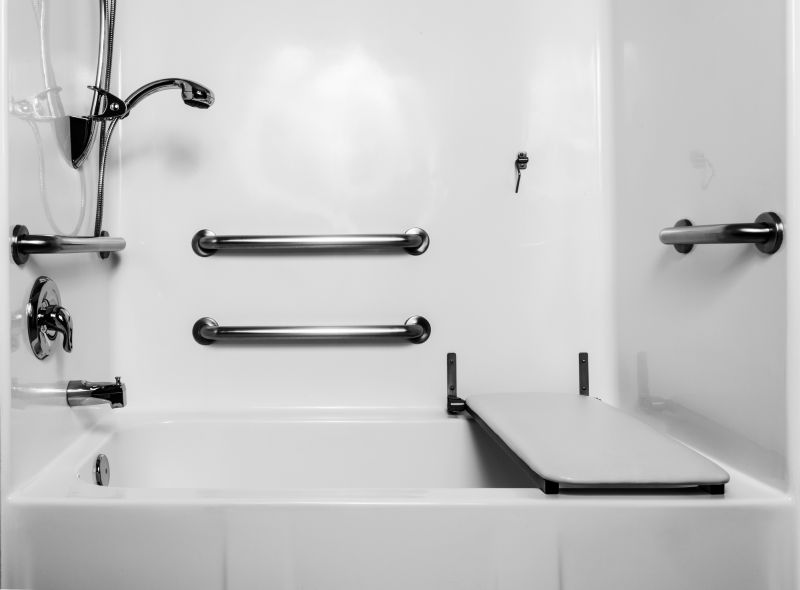
Small tweaks to make Waterproofings safer and easier to use.
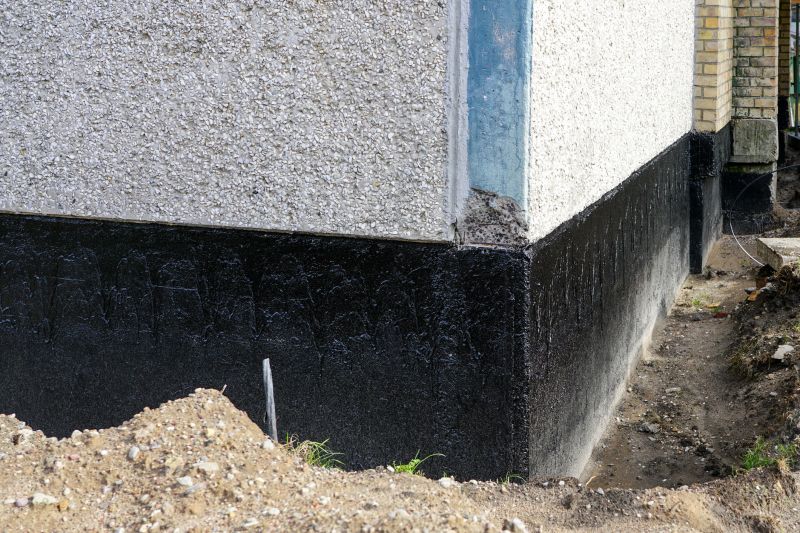
Lower-waste or water-saving choices for Waterproofings.
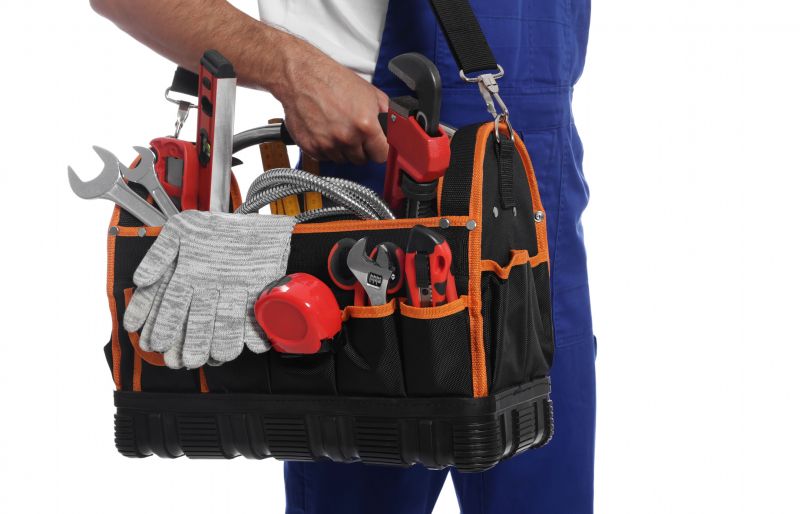
The short, realistic tool list for quality Waterproofings.
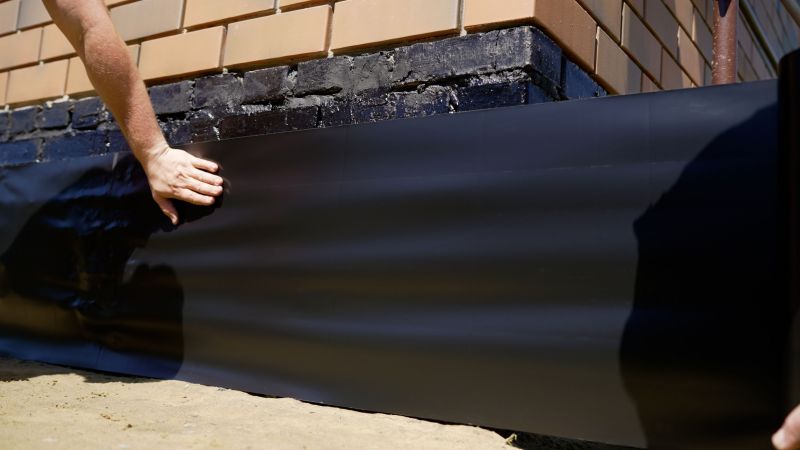
Rough timing from prep to clean-up for Waterproofings.

Quick checks and paperwork to keep after Waterproofings.
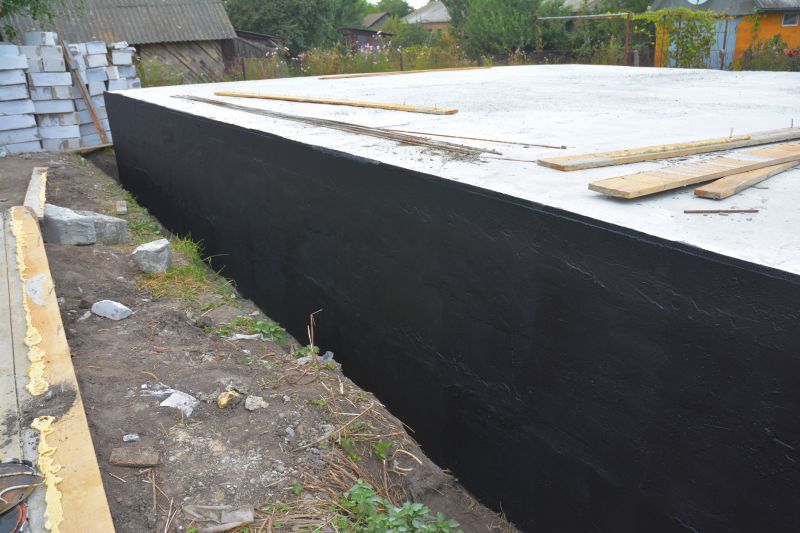
Examples that show the impact a good Waterproofings can make.
| Season | Optimal Conditions |
|---|---|
| Spring | Moderate temperatures and increasing humidity |
| Summer | Warm weather, early summer preferred |
| Fall | Cooler temperatures and lower humidity |
| Winter | Not recommended due to freezing and snow |
Choosing the right time for waterproofing enhances the longevity and effectiveness of the application. It is advisable to avoid extreme cold or heat, which can compromise the materials and curing process. Consulting with waterproofing professionals can provide tailored recommendations based on specific project requirements and local climate conditions.
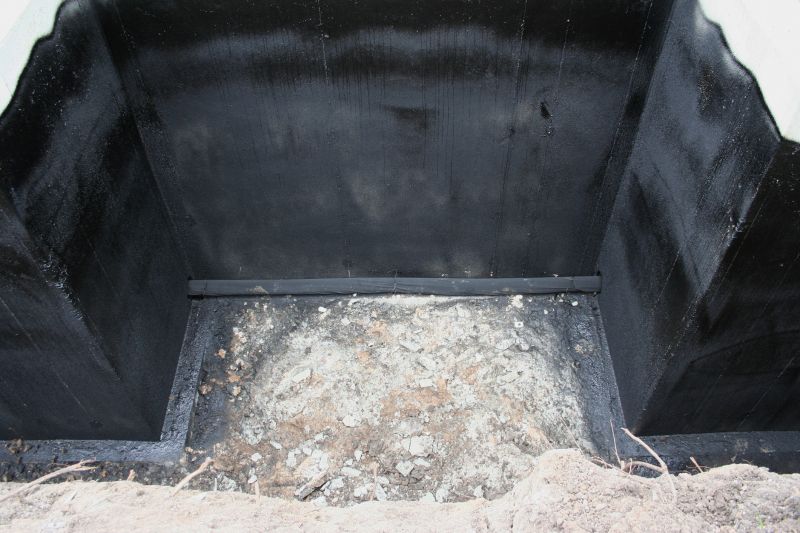
Ways to make Waterproofings work in tight or awkward layouts.
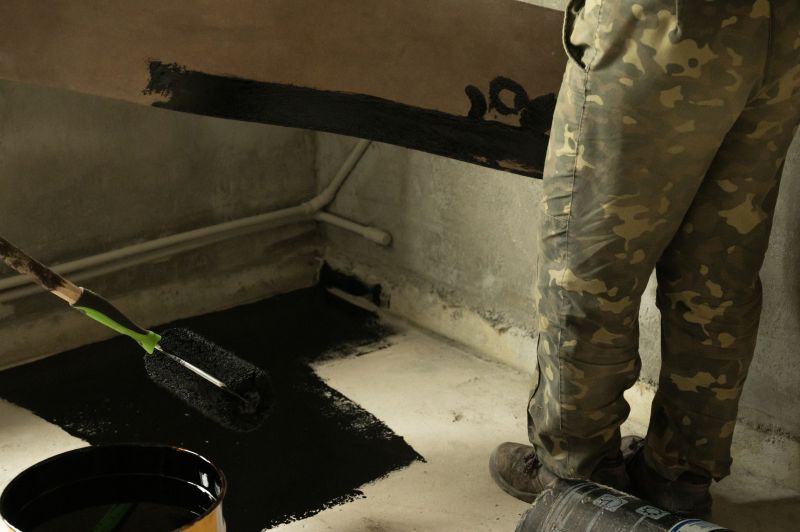
Ways to make Waterproofings work in tight or awkward layouts.
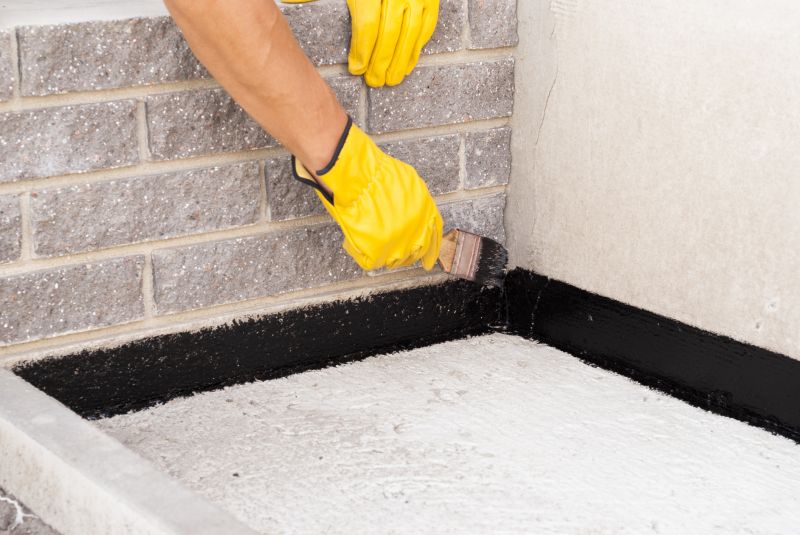
Ways to make Waterproofings work in tight or awkward layouts.

Ways to make Waterproofings work in tight or awkward layouts.
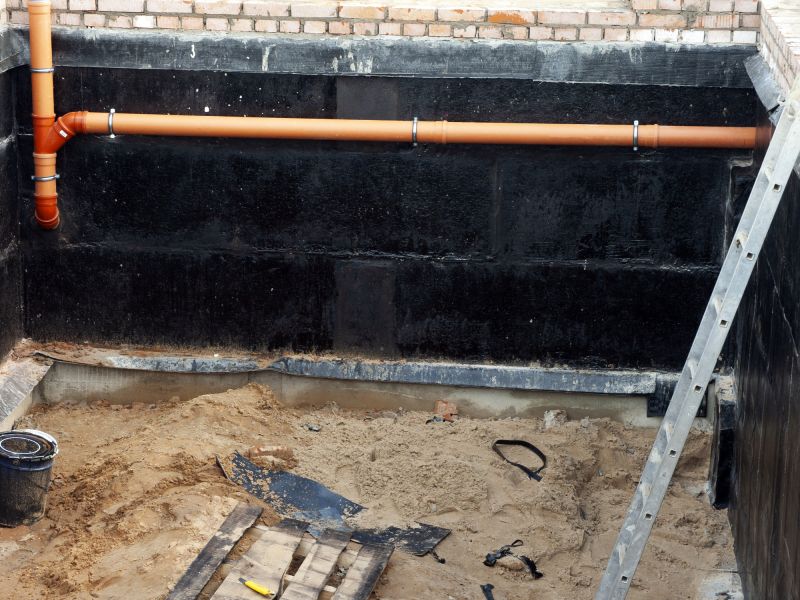
Ways to make Waterproofings work in tight or awkward layouts.
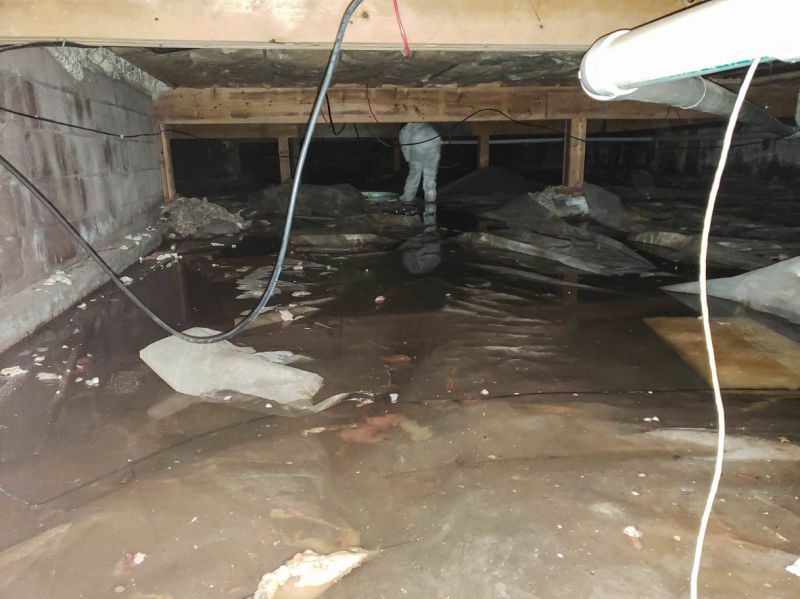
Ways to make Waterproofings work in tight or awkward layouts.
Interested in waterproofing services? Filling out the contact form can provide further information and assistance to ensure the project is scheduled at the most appropriate time for optimal results.




